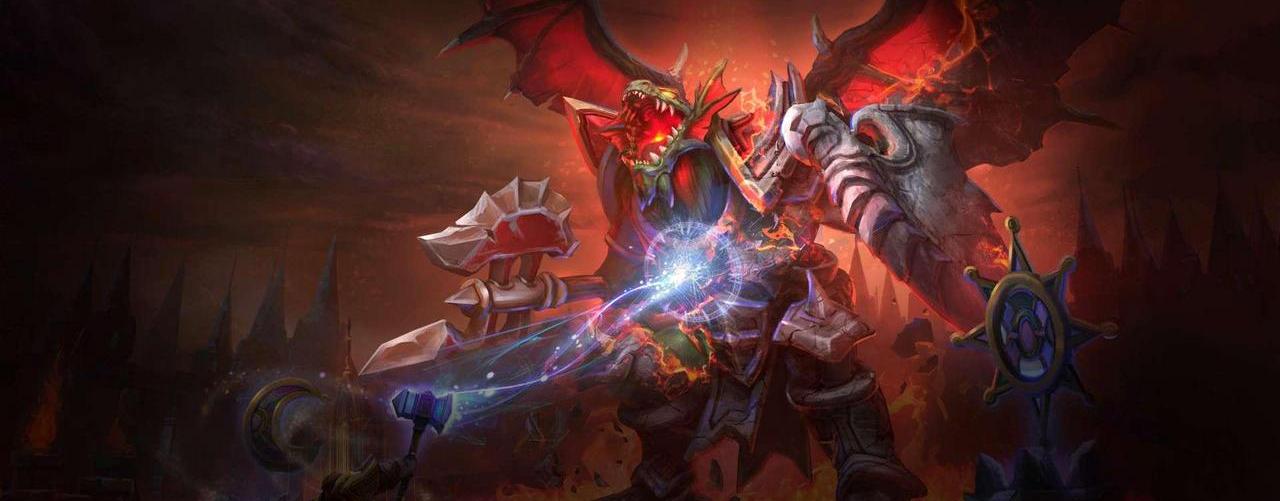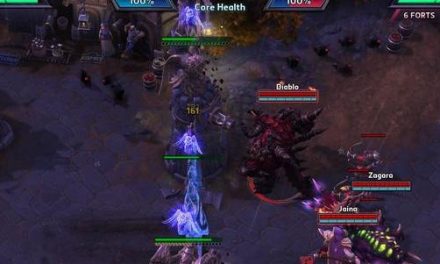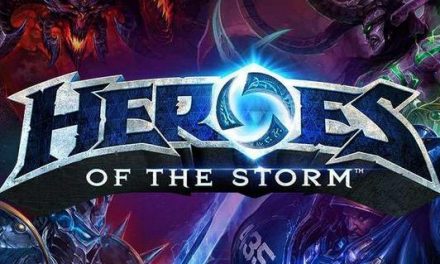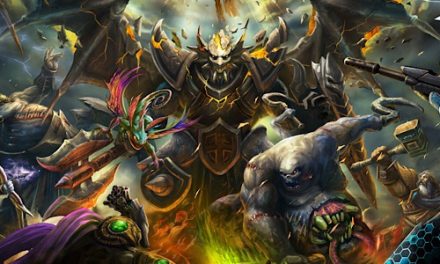Many skirmishes in Heroes of the Storm are uneven, lopsided, with one force slowly but inexorably pushing past defenders. This may happen due to “hard counters” such as a ranged assassin matched up against a very mobile shutdown rogue, or a team unexpectedly fielding multiple heroes in lane against a smaller force. One of the first instructions I was given when I started playing was to “lose slowly;” my teammates knew I couldn’t win the battle, but that with smart play I could delay the defeat.
Successfully harassing a larger or higher-level force requires a careful balance between risk and potential reward. When on one’s back foot it’s easy to over-extend or press a momentary advantage too far, resulting in an untimely loss. Playing defense is about maximizing your own strengths where and how available, making the opposing team overcommit in order to take the objective.
Most characters have the ability to disable other heroes through stuns, slows, and silences, and making proper use of these control mechanisms can turn a terrible rout into a much more even stalemate. Towers and other defensive structures will target minions and mercenaries before opposing heroes, so working to wipe out NPC waves may be a more effective tactic than directly striking at hostile players.
Another victory like that and I will be ruined.
I often play specialist characters like Murky, Nazeebo, and Azmodan, which have very specific use cases and situational strengths. These characters are great at harassing opposing heroes, making any potential gains a very costly endeavor. Trying to delay or disrupt enemy teams by charging forward isn’t where these heroes shine; they can’t do enough damage before they die to make a significant dent in the opposition. By holding back and playing defensively, they can make the most of their specific talents, finding opportunities to shine throughout the process.
Limiting the ability for one’s opponent to press their own advantage is a valuable tactic. If hostile forces surge ahead and take down a fort, make their victory so costly they can’t march directly to the keep. Unless you can guarantee a kill or two, your own death as a defender is not worth it; as games progress respawn timers get longer and longer, self-sacrifice becomes a less and less valuable tactic as a match goes on.
Each character—and specific talent build thereby—shines in a specific aspect or area of play. The value of experience and familiarity with a given hero is the ability to capitalize on those moments most opportune to their particular strengths. The value of experience and familiarity with all heroes is the ability to minimize the impact and reduce the frequency of situations which benefit the opposition.
Put simply, here are simple guidelines that can help any player be more effective when defending against a superior force:
- Use Structures — don’t fight outside of tower range without good reason; they provide extra damage and extra cover against hostile actors.
- Soak Damage — conversely, characters with a great deal of self-sustain may find advantage in taking damage themselves rather than letting the opposition hammer against structures. Heroes regenerate health, buildings do not. This is an easily misapplied principle, but one I feel is necessary to include.
- Use the Environment — The Sky Temple and Dragonshire maps both have “bridges of death” in the top and bottom lanes which funnel offensive forces into tight groups, ripe for liberally-applied AoE damage. Having map awareness and knowing the position of bushes, chokepoints, mercenaries, and other elements can make all the difference when fighting a losing war.
- Your Job is not to Win — Nobody is going to fault a player for getting out-pushed in lane by Zagara, one on one. The focus shouldn’t necessarily be to win the lane but to hobble and stall the enemy’s advance, enough that the resources they’re committing can’t be applied elsewhere. Characters like the Lost Vikings and Abathur are fantastic at forcing a team to split their efforts across multiple lanes and map objectives.
- Be Mobile — While characters with long-range abilities are powerful, often the tradeoff is mobility; Azmodan can throw his Globe of Annihilation for what feels like a mile, but he has functionally zero ability to escape if pressured by a close-up hero. When defending, it is imperative that you stay on the move, stay unpredictable, and press your attack from unexpected angles. Make the most of the tools at your disposal and do your best to avoid enemy crowd control; a hero stuck in place is a hero easily picked off.
Header image from promotional material for Heroes of the Storm














